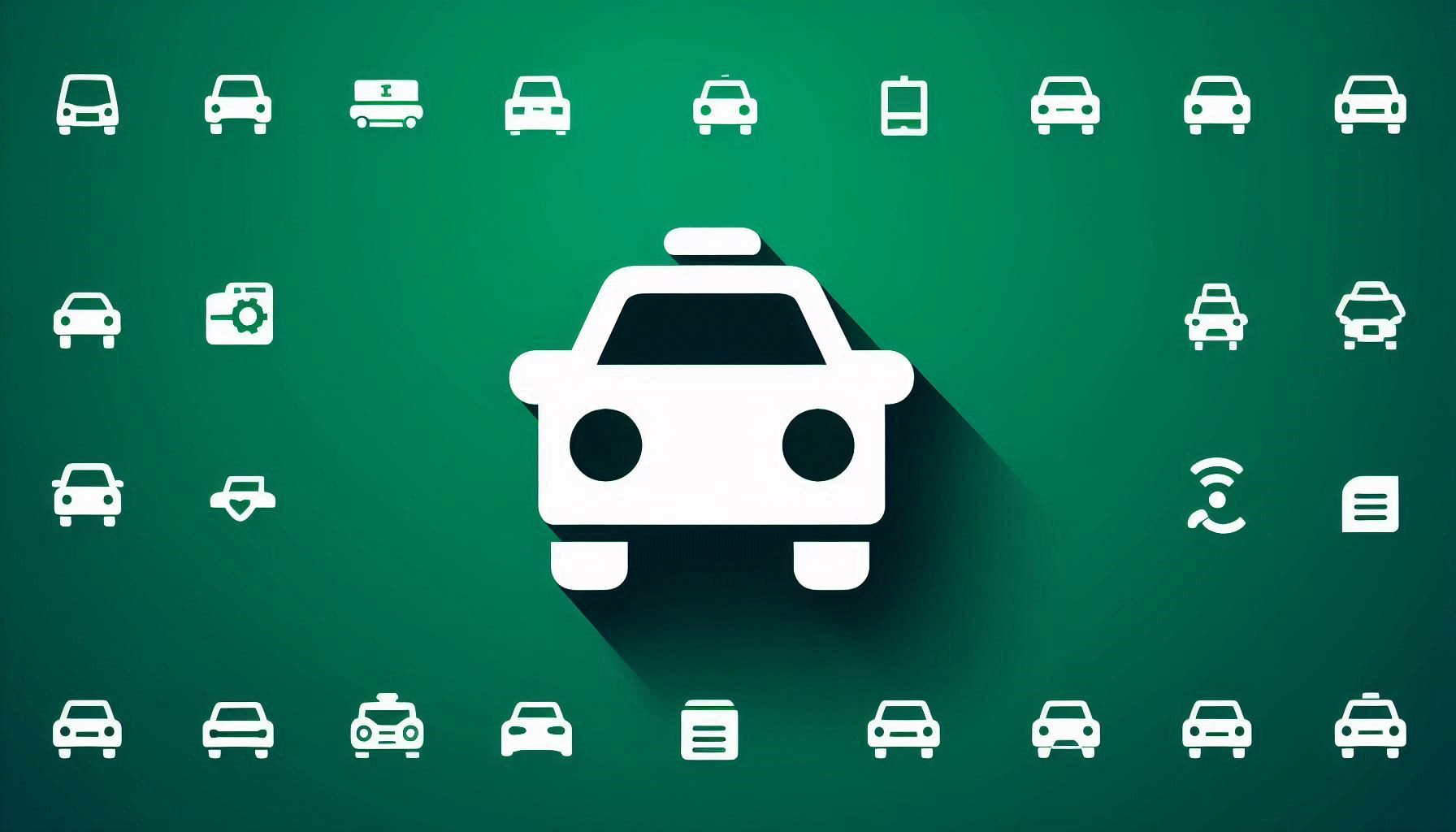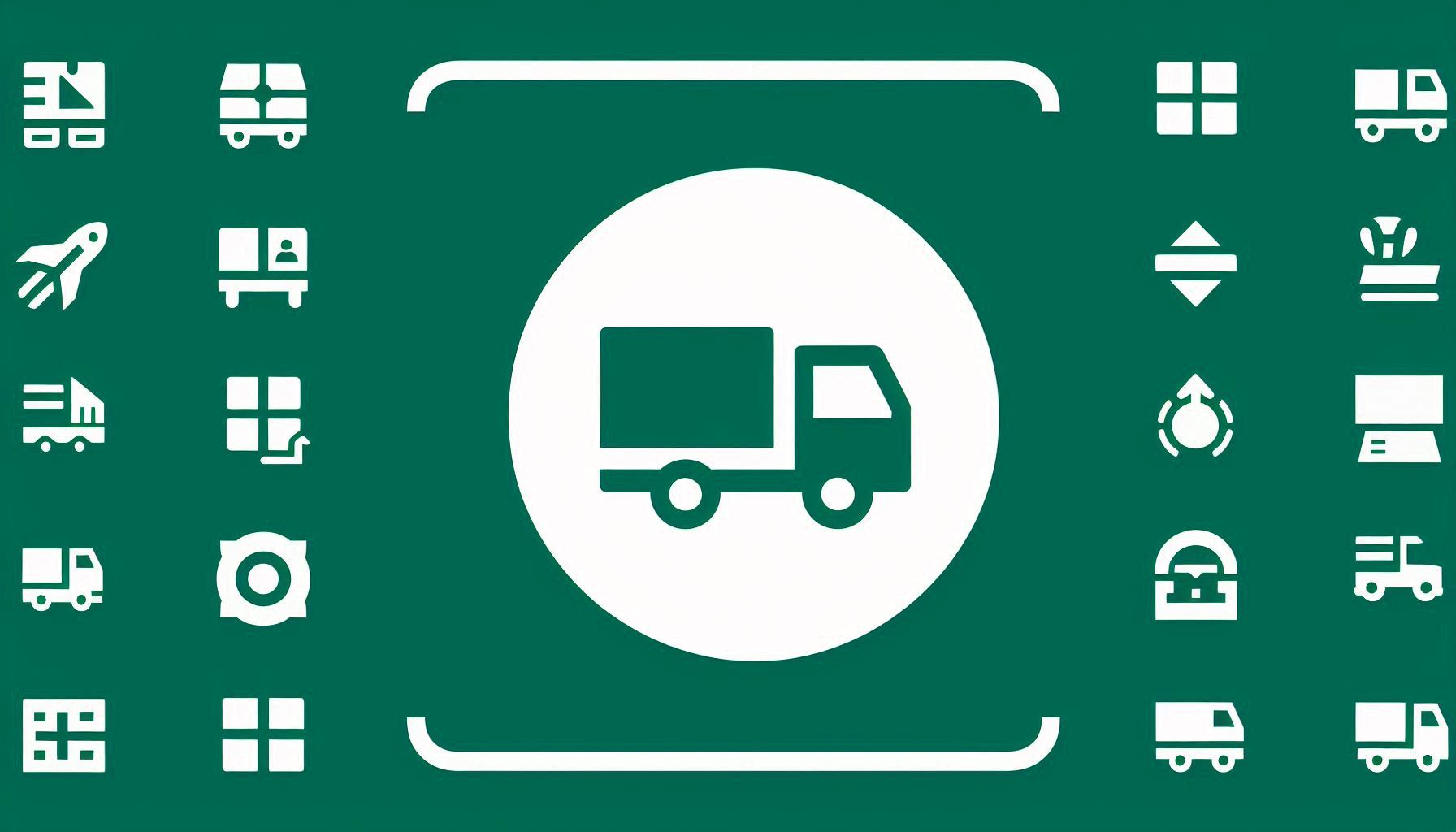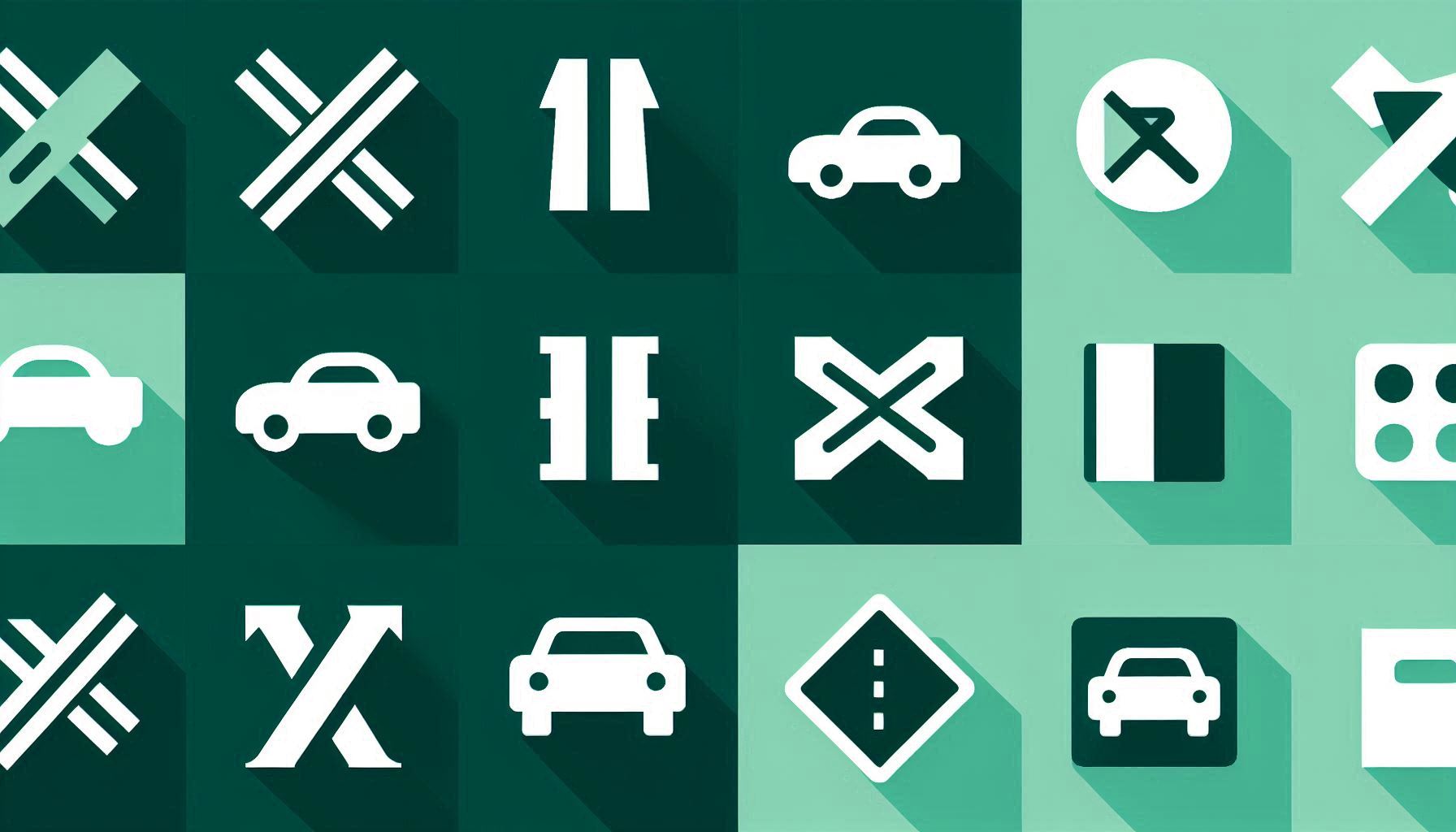Cooperative Lane-Changing Optimisation of Connected and Autonomous Vehicles in Freeway Merging Area

Downloads
In freeway merging areas, vehicles exhibit flexibility in lane-changing manoeuvres to facilitate merging. However, the lack of effective communication among vehicles leads to inadequate coordination between mainline and ramp vehicles at the merge point, increasing the likelihood of traffic congestion. The technology of connected and autonomous vehicles allows information interaction and cooperation between vehicles, which can effectively solve this problem and improve the efficiency of vehicle merging. This study proposes a merging optimisation framework for connected and autonomous vehicles, dividing the merging area into cooperative lane-change and trajectory optimisation areas. To simulate and manage connected and autonomous vehicles’ behaviour, the research employs VISSIM for scenario creation and leverages both VISSIM COM and Python for control purposes. In the cooperative lane-changing area, the optimal number of lane-changing vehicles is determined by considering traffic distribution in the inner and outer lanes downstream of the confluence area. Subsequently, the sequence and combination of these vehicles are established based on connected and autonomous vehicles’ cooperative lane-changing mode analysis. Within the trajectory optimisation area, the model refines each vehicle’s speed and acceleration, guiding connected and autonomous vehicles to merge smoothly and safely at the confluence point. The simulation results show that the optimisation framework for the freeway merging area proposed in this study performs well. As the level of demand increases, the scenario with control demonstrates superior performance in terms of enhanced trip efficiency, diminished total delay time and a reduction in the number of stops.
Downloads
Zhu J, Easa S, Gao K. Merging control strategies of connected and autonomous vehicles at freeway on-ramps: A comprehensive review. Journal of Intelligent and Connected Vehicles. 2022;5(2):99-111.
Wu J, et al. A cooperative merging control method for freeway ramps in connected and autonomous driving. Sustainability. 2022;14(18),11120.
Ding H, et al. Automated cooperative control of multilane freeway merging areas in connected and autonomous vehicle environments. Transportmetrica B: Transport Dynamics. 2021;9(1):437-455.
Bagheri H, et al. 5G NR-V2X: Toward connected and cooperative autonomous driving. IEEE Communications Standards Magazine. 2021;5(1):48-54. DOI:10.1109/MCOMSTD.001.2000069.
Li T, et al. A cooperative lane change model for connected and automated vehicles. IEEE Access. 2020;8:54940-54951. DOI:10.1109/ACCESS.2020.2981169.
Hobert L, et al. Enhancements of V2X communication in support of cooperative autonomous driving. IEEE Communications Magazine. 2015;53(12):64-70. DOI:10.1109/MCOM.2015.7355568.
Sheng Z, et al. A cooperation-aware lane change method for autonomous vehicles. ArXiv e-prints. 2022;10746. DOI:10.48550/arXiv.2201.10746.
Ha P, et al. Leveraging the capabilities of connected and autonomous vehicles and multi-agent reinforcement learning to mitigate highway bottleneck congestion. ArXiv e-prints. 2020. DOI: 10.48550/arXiv. 2010.05436.
Guan XK, Hu MB. Cooperative merging strategy for connected and automated vehicles at highway on-ramps. Proceedings of SPIE 12174, International Conference on Internet of Things and Machine Learning (IoTML 2021). 2022;121740Q.
Ding J, Li L, Peng H, Zhang Y. A rule-based cooperative merging strategy for connected and automated vehicles. IEEE transactions on intelligent transportation systems. 2019;21(8):3436-3446.
Hang P, et al. Cooperative decision making of connected automated vehicles at multi-lane merging zone: A coalitional game approach. IEEE transactions on intelligent transportation systems. 2021;3829-3841.
Kherroubi Z, Aknine S, Bacha R. Novel decision-making strategy for connected and autonomous vehicles in highway on-ramp merging. IEEE transactions on intelligent transportation systems. 2022;12490-12502.
Zhu J, et al. Improving freeway merging efficiency via flow-level coordination of connected and autonomous vehicles. IEEE Transactions on Intelligent Transportation Systems. 2021;25:6703-6715.
Xie Y, Zhang H, Gartner NH, Arsava T. Collaborative merging strategy for freeway ramp operations in a connected and autonomous vehicles environment. Journal of Intelligent Transportation Systems. 2016;21(2):136-147.
Wu Y, et al. ES-CTC: A deep neuroevolution model for cooperative intelligent freeway traffic control. ArXiv abs/1905. 2019; 04083.
van Arem B, van Driel CJG, Visser R. The impact of cooperative adaptive cruise control on traffic-flow characteristics. IEEE Transactions on Intelligent Transportation Systems. 2006;7(4):429-436.
Zhou M, Qu X, Jin S. On the impact of cooperative autonomous vehicles in improving freeway merging: A modified intelligent driver model-based approach. IEEE Transactions on Intelligent Transportation Systems. 2017;18(6):1422-1428.
Ahmed MS, et al. A cooperative freeway merge assistance system using connected vehicles. ArXiv abs/1805. 2018; 00508.
Correa A, et al. Infrastructure support for cooperative maneuvers in connected and automated driving. 2019 IEEE Intelligent Vehicles Symposium (IV), Paris, France. 2019;20-25.
Dolk V, et al. Cooperative automated driving for various traffic scenarios: Experimental validation in the GCDC 2016. IEEE Transactions on Intelligent Transportation Systems. 2018;19(4):1308-1321.
Shucai J. Research on cooperative control method of vehicles in merging area with intelligent vehicle-road network connection. PhD thesis. Chang'an University; 2020.
Yu H. Optimal control of lane changing and trajectory optimisation for ramp merging with networked vehicles. PhD thesis. Dalian University of Technology; 2023.
Hu X, Sun J . Trajectory optimization of connected and autonomous vehicles at a multilane freeway merging area. Transportation Research Part C Emerging Technologies. 2019;101:111-125. DOI:10.1016/j.trc.2019.02.016.
Shi Y, Yu H, Guo Y, Yuan Z. A collaborative merging strategy with lane changing in multilane freeway on-ramp area with V2X network. Future Internet. 2021;13(5):123.
Letter C , Elefteriadou L. Efficient control of fully automated connected vehicles at freeway merge segments. Transportation Research Part C Emerging Technologies, 2017;8080(7):190-205. DOI:10.1016/j.trc.2017.04.015.
Copyright (c) 2025 Xuling LIU, Xiaoning ZHANG

This work is licensed under a Creative Commons Attribution-NonCommercial 4.0 International License.




















